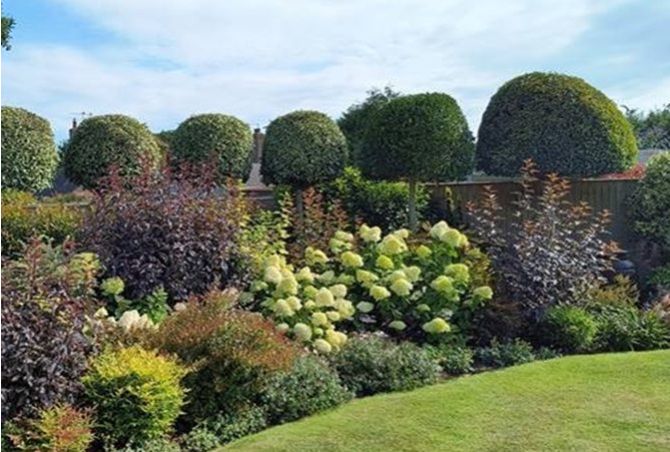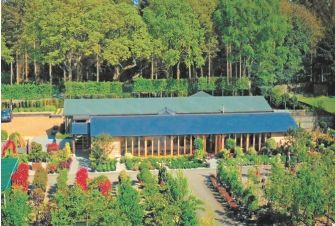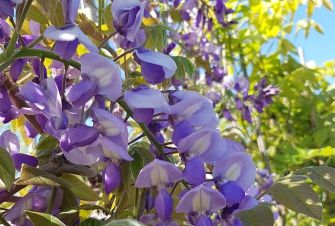Everyone who loves gardens wants their space to be interesting, and asking for plants that provide year-round-appeal is a completely understandable request. But is it achievable? The answer is yes, provided you select wisely and don't expect one plant to provide everything! Many plants keep on giving as the seasons progress, whilst others might be regarded as one-trick-ponies. If you want to achieve excitement and interest, it is wise to aim for multi-season charm from a range of plants that will provide a gradually changing scene.
It would be a shame, for example, to discount spring-blooming beauties such as flowering trees, just because they only flower once per year. But if you put them in the right place, they can become a backdrop for other interesting plants once their main flourish has finished.
The early spring garden might delight the senses with its ornamental blossom, bulbs and blooms, then later spring can allow foliage to burst forth in a blaze of colour contrast which is every bit as wonderful. Acers, for example, are particularly good at looking amazing, especially when they are positioned next to something with a contrasting colour.
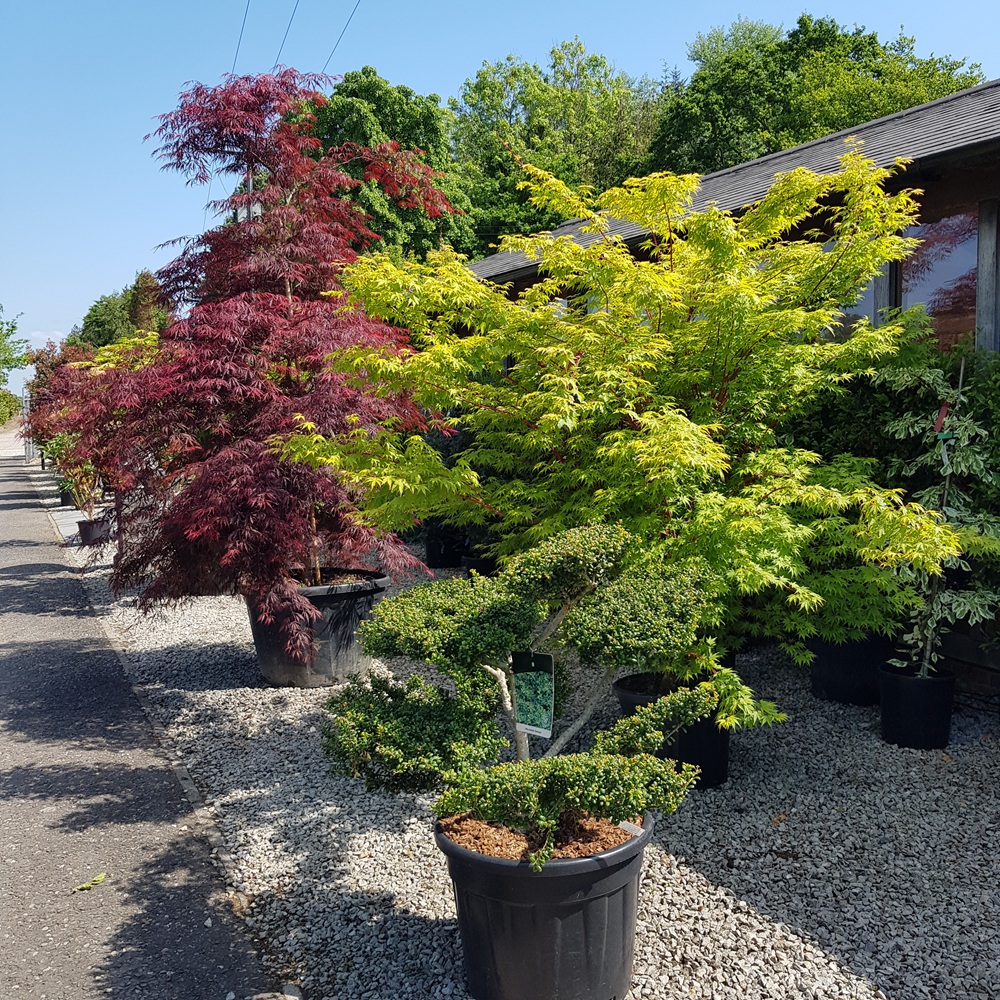
Foliage colour from evergreens certainly fulfils the brief of providing year-round-interest. This makes them invaluable in every type of space. Below you can see the Swiss dwarf mountain pine: Pinus mugo 'Mops', next to a ball of Euonymus japonicus 'Elegantissimus Aurea'. The pine will slowly grow into a larger mound with needles and cones, whilst the Euonymus can be clipped to the size you prefer. These structural-type plants are every bit as interesting as those producing blousey blooms and they will remain similarly attractive all year.
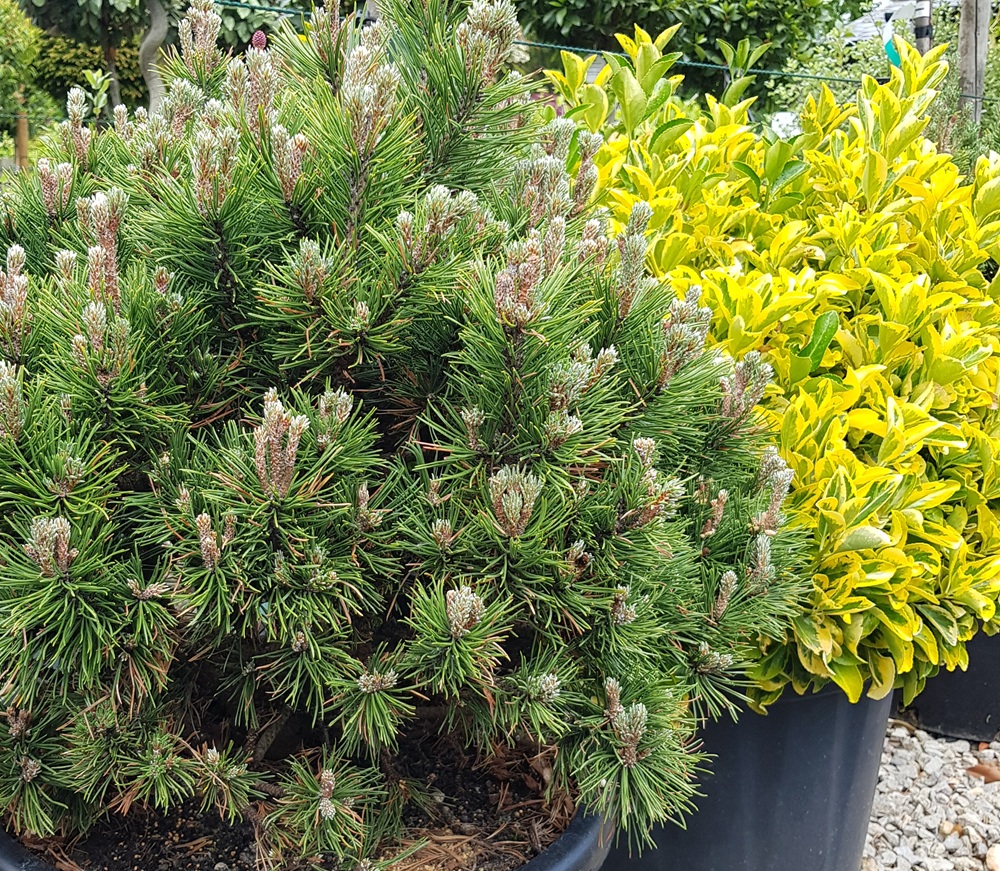
Although it's a tall order to expect one plant to be able to provide everything, there are some trees and shrubs which manage to deliver impact all year-round. This is just one reason why Betula jacquemontii, the white-stemmed birch, has proved to be so popular over the past few decades. Not only does it have a bright trunk and stems, but the diamond-shaped, fluttering leaves are beautiful all spring, summer and into autumn when they turn golden yellow. During winter, the skeleton of the tree stands out amongst darker tones and provides a focal point until the foliage is ready to burst through again.
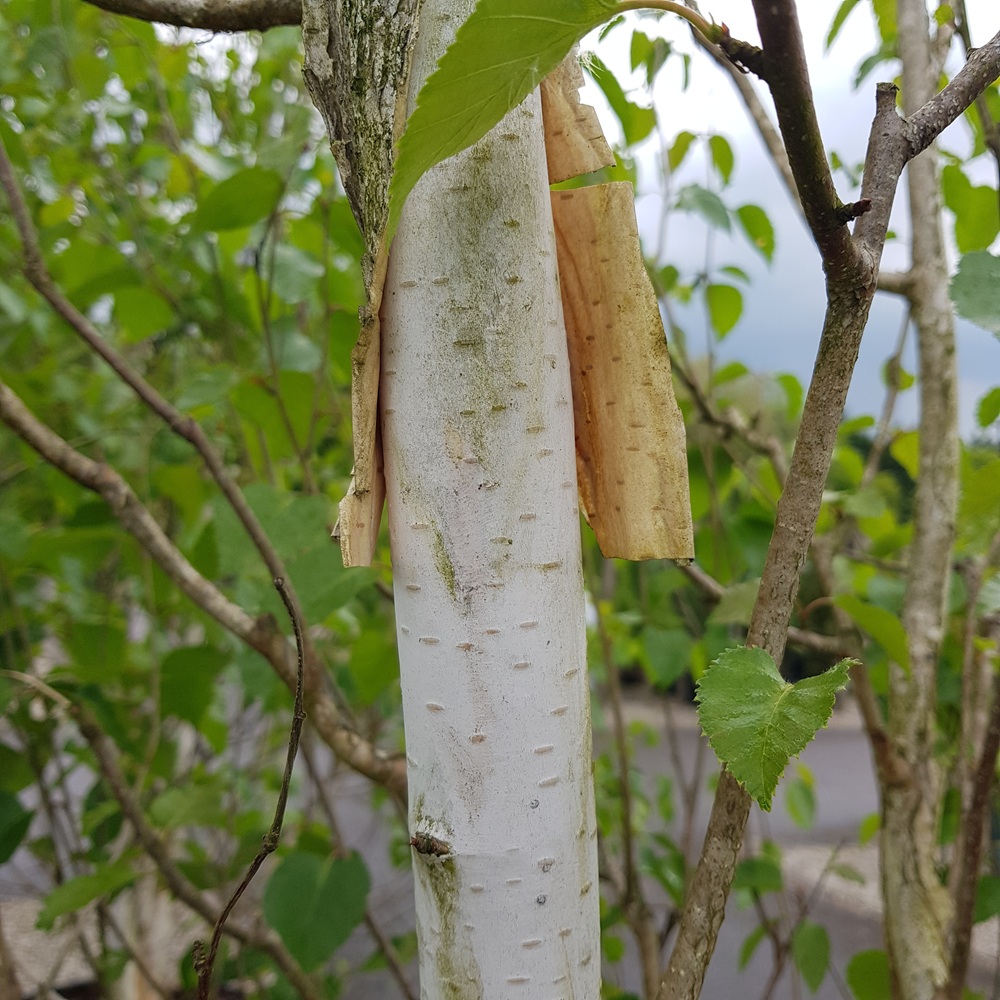
There are several trees that look their best in winter. Another of these is Prunus serula, the Tibetan cherry, which has a mahogany-type sheen to its bark.
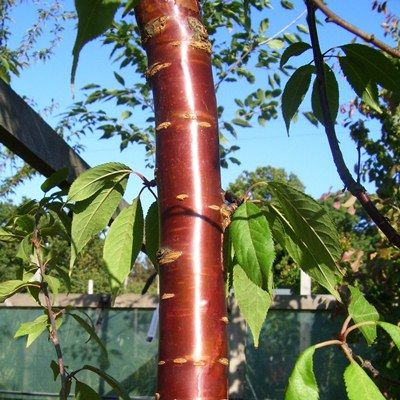
Another popular strategy for providing interest that lasts throughout all seasons is to have architectural stems on display, such as trees and shrubs with multiple clear trunks and stems, with the foliage above. This allows space for planting underneath and also provides an attractive, vertical structure. You can even have plaited, twisted or helix-style stems for added interest.
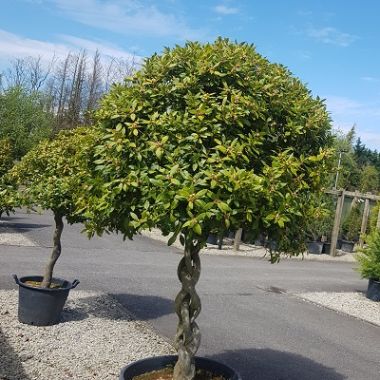
Not forgetting topiary! Many small-leafed evergreens can tolerate clipping to form shapes such as balls, cones, pyramids, animals and the popular cloud-pruning practice to create architectural trees.
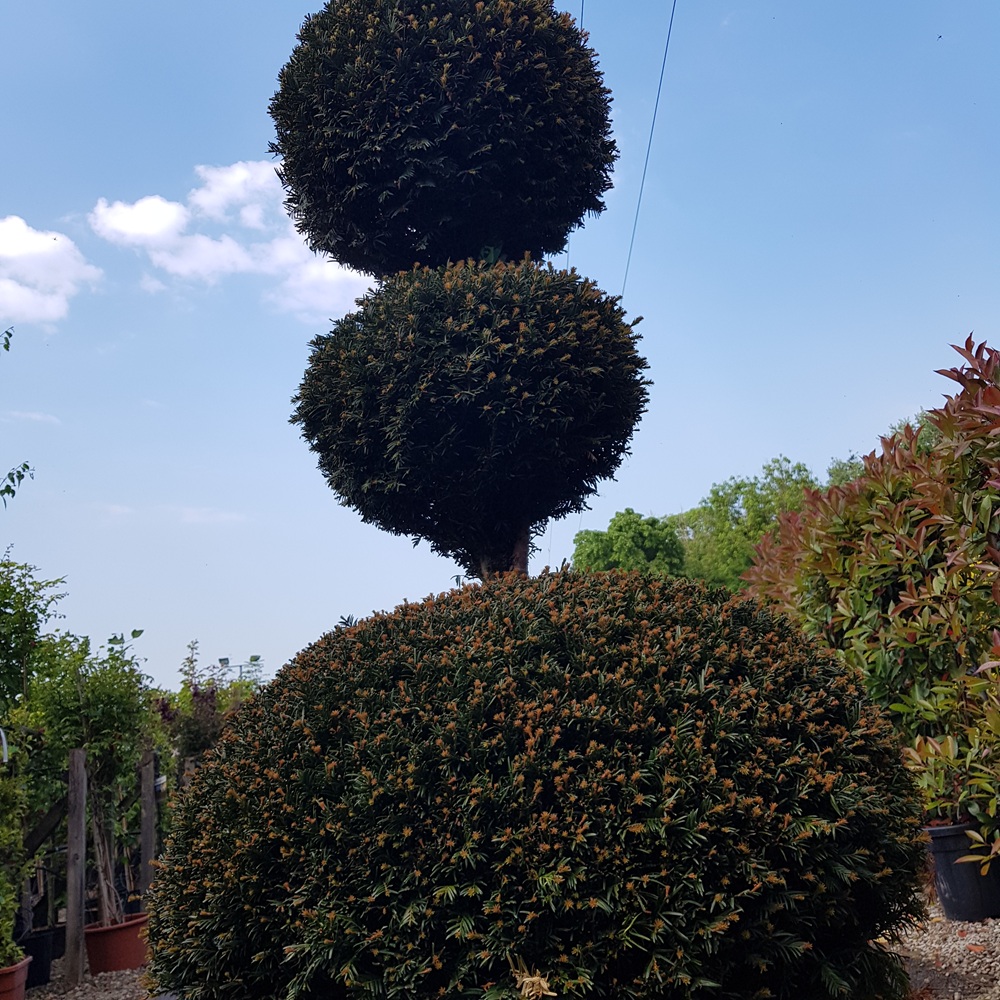
When trying to achieve year-round interest and appeal, it's easy to forget that it takes more than flowers to make a garden. But blooms are essential for pollinators as well as providing a visual feast. If you include flowering plants for every season, you will be creating a pleasing space, but it is the structural plants that will provide interest and hold the entire scheme together.

